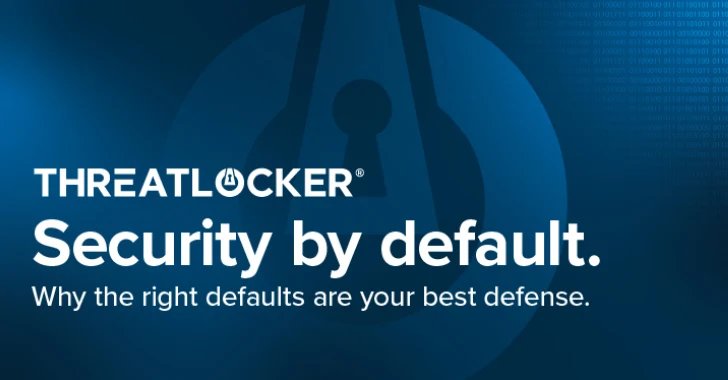Essential Insights
-
Proactive Defense Strategies: Cybersecurity leaders must adopt a security-by-default mindset, implementing measures like multi-factor authentication (MFA) and deny-by-default policies to thwart attacks before they compromise networks.
-
Essential Settings for Risk Reduction: Key configurations include disabling Office macros, removing local admin rights, and blocking unauthorized software, which collectively protect against prevalent attack vectors such as ransomware.
-
Network and Application Controls: Limiting outbound traffic, controlling access to critical applications, and monitoring file activity can significantly diminish the attack surface and prevent malware proliferation.
- Ongoing Vigilance and Automation: Regular patching and automated threat detection tools are crucial for maintaining robust defenses, as attackers can exploit known vulnerabilities if systems are not continuously monitored and updated.
Problem Explained
On August 14, 2025, in a compelling analysis featured on The Hacker News, cybersecurity expert Yuriy Tsibere delves into the evolution of cyber threats, highlighting a paradigm shift from nuisance viruses to lucrative, orchestrated cybercrime. Faced with an imperative to preempt attacks rather than merely respond to them, leaders in cybersecurity—CISOs, IT administrators, and managed service providers—are urged to adopt a “security-by-default” mindset. This approach emphasizes the implementation of proactive settings from the outset, such as multi-factor authentication (MFA), deny-by-default policies, and application Ringfencing™, thereby creating an environment that significantly diminishes vulnerability to cyber intrusions.
Tsibere articulates actionable strategies that can be readily employed, including disabling Office macros and blocking unnecessary outbound server traffic, both of which mitigate prevalent attack vectors. The article underscores that, while industry frameworks provide foundational guidance, the nuances of effective security demand more precise, operational tactics. Ultimately, the piece argues that by configuring systems to inherently block risks, organizations not only enhance their resilience against the complexities of modern threats but also alleviate the burden on IT teams, fostering a proactive defense that can thwart malicious actors before they succeed in breaching defenses.
Risk Summary
The shift towards a proactive cybersecurity stance—especially the implementation of security-by-default policies—carries profound implications not only for the organizations that adopt these measures but also for the entire business ecosystem. By fortifying defenses through strategies like multi-factor authentication, deny-by-default configurations, and proactive network controls, companies can significantly mitigate the risk of cyberattacks; however, if these measures falter or if a default misconfiguration occurs, the ramifications can ripple beyond the immediate stakeholders. In the event of a breach, affected entities may find themselves embroiled in a web of reputational damage, legal repercussions, and financial losses, which could inadvertently extend to business partners, customers, and even competitors within the same sector. The interconnected nature of today’s digital landscape means that vulnerabilities are often not contained; a single point of failure can lead to cascading effects, undermining trust and operational integrity. Therefore, robust cybersecurity measures are not merely internal safeguards but are also critical linchpins that protect the broader business community from pervasive threats and economic destabilization.
Fix & Mitigation
Timely remediation is paramount in safeguarding an organization’s digital landscape from emerging threats, particularly when considering ‘Simple Steps for Attack Surface Reduction.’
Mitigation Strategies
- Network Segmentation
- Least Privilege Access
- Regular Software Updates
- Vulnerability Scanning
- Security Training
NIST Guidance
The NIST Cybersecurity Framework (CSF) emphasizes continuous monitoring and assessment of vulnerabilities, notably outlined in NIST SP 800-53, which provides comprehensive controls for managing and mitigating cybersecurity risks.
Continue Your Cyber Journey
Stay informed on the latest Threat Intelligence and Cyberattacks.
Learn more about global cybersecurity standards through the NIST Cybersecurity Framework.
Disclaimer: The information provided may not always be accurate or up to date. Please do your own research, as the cybersecurity landscape evolves rapidly. Intended for secondary references purposes only.
Cyberattacks-V1

